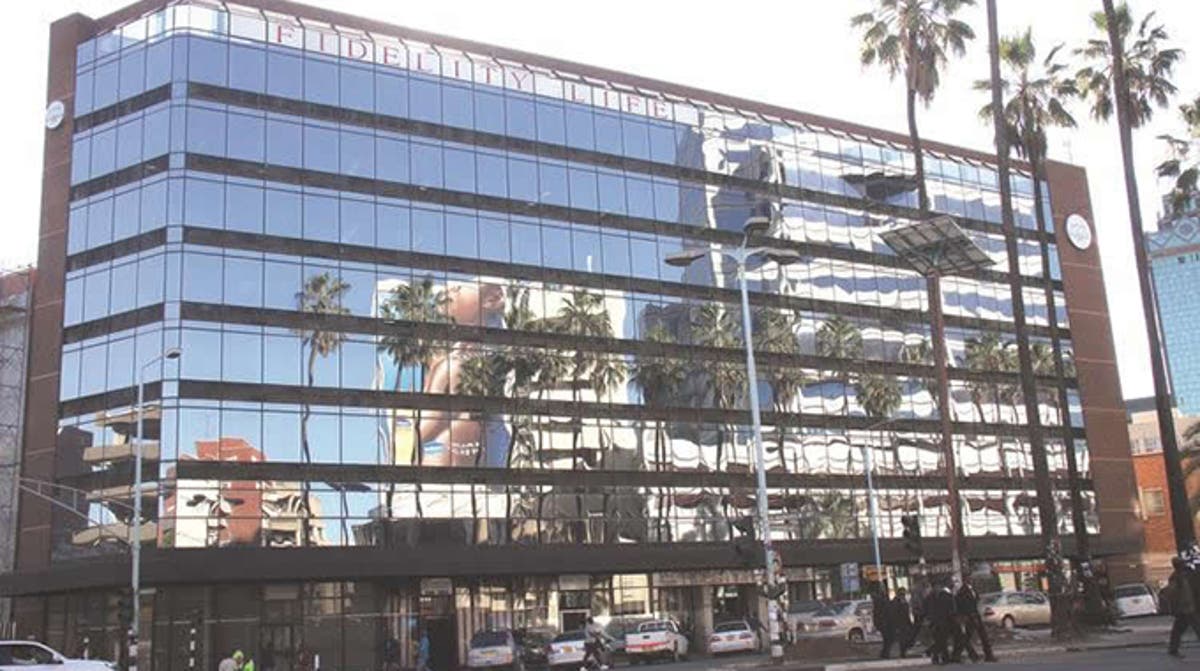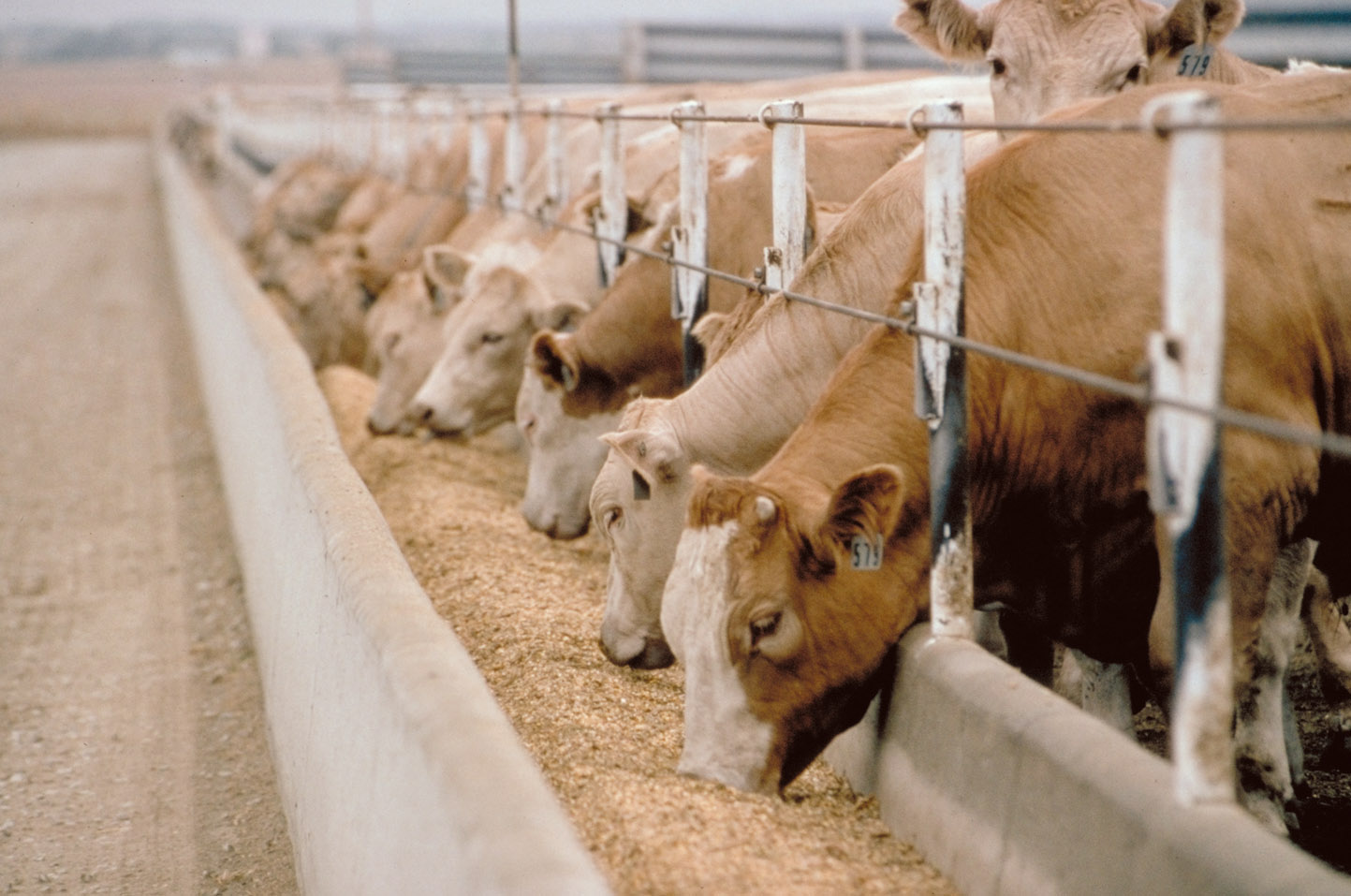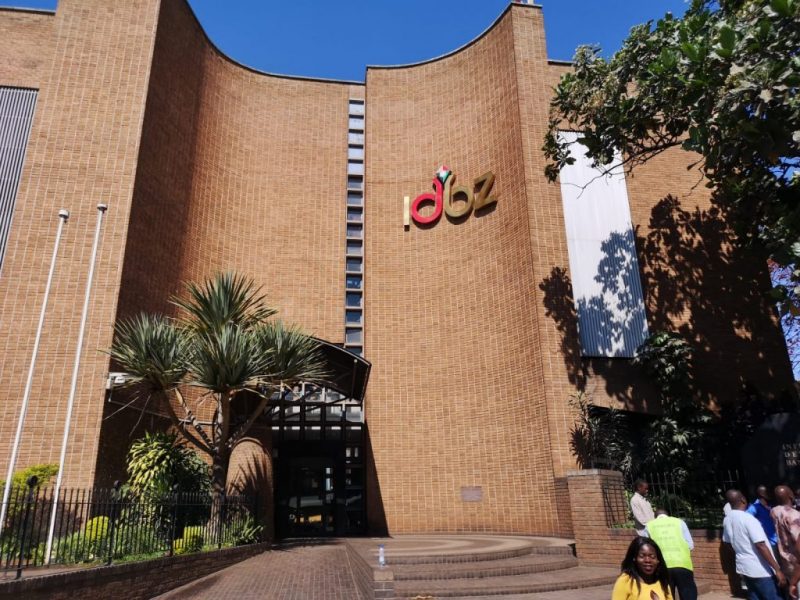Solgas Project impresses energy experts
Delegates attending the 6th edition of the International Renewable Energy Conference have expressed satisfaction with the Solgas independent power producer (IPP) project, describing it as a model worth replicating across the country
The solar energy project, located in Cross Mabale in Hwange District, is already feeding several megawatts into the national grid.
Plans are underway to expand capacity to 50 megawatts by the end of the year.
During a pre-conference tour of the expansive site on Tuesday, delegates commended the initiative as a shining example of a private sector-led renewable energy development.
One delegate noted the project’s alignment with national goals to address energy shortages through diversification and private investment.
“The project is worth replicating countrywide considering that the country enjoys vast sunlight,” said the delegate.
“As the country transitions towards renewable energy, the private sector should be at the forefront in investing in solar projects. By so doing, pressure on the national grid will be eased.”
Delegates heard that at peak hour, the plant produces 5.3 megawatts and on a good day an average of 27 megawatts are produced.
The International Renewable Energy Conference is being held under the theme “Sustainable Energy Investments for a Better Future.”
The renewable energy conference underscores the country’s growing commitment to renewable energy as a pillar of inclusive and resilient economic development.
The Solgas project, a wholly locally funded initiative, holds significant potential to mitigate electricity shortages and reduce the country’s dependence on costly power imports.
According to Zimbabwe Power Company daily Power generation updates, IPPs collectively injected 71 megawatts to the national grid.
The country has been accelerating its shift towards renewable energy in recent years, with the government targeting 1100 megawatts of renewable energy capacity by 2030.
Several solar projects have been launched across the country, including the Nyabira solar farm and initiatives in Gwanda, Mutoko and Marondera.
The National Renewable Energy Policy, launched in 2019, provides a framework to attract investment and promote independent power producers, particularly in solar and mini-hydro energy.
These efforts aim to diversify the energy mix, reduce load shedding and increase access to electricity in both urban and rural communities.-chrocnile









